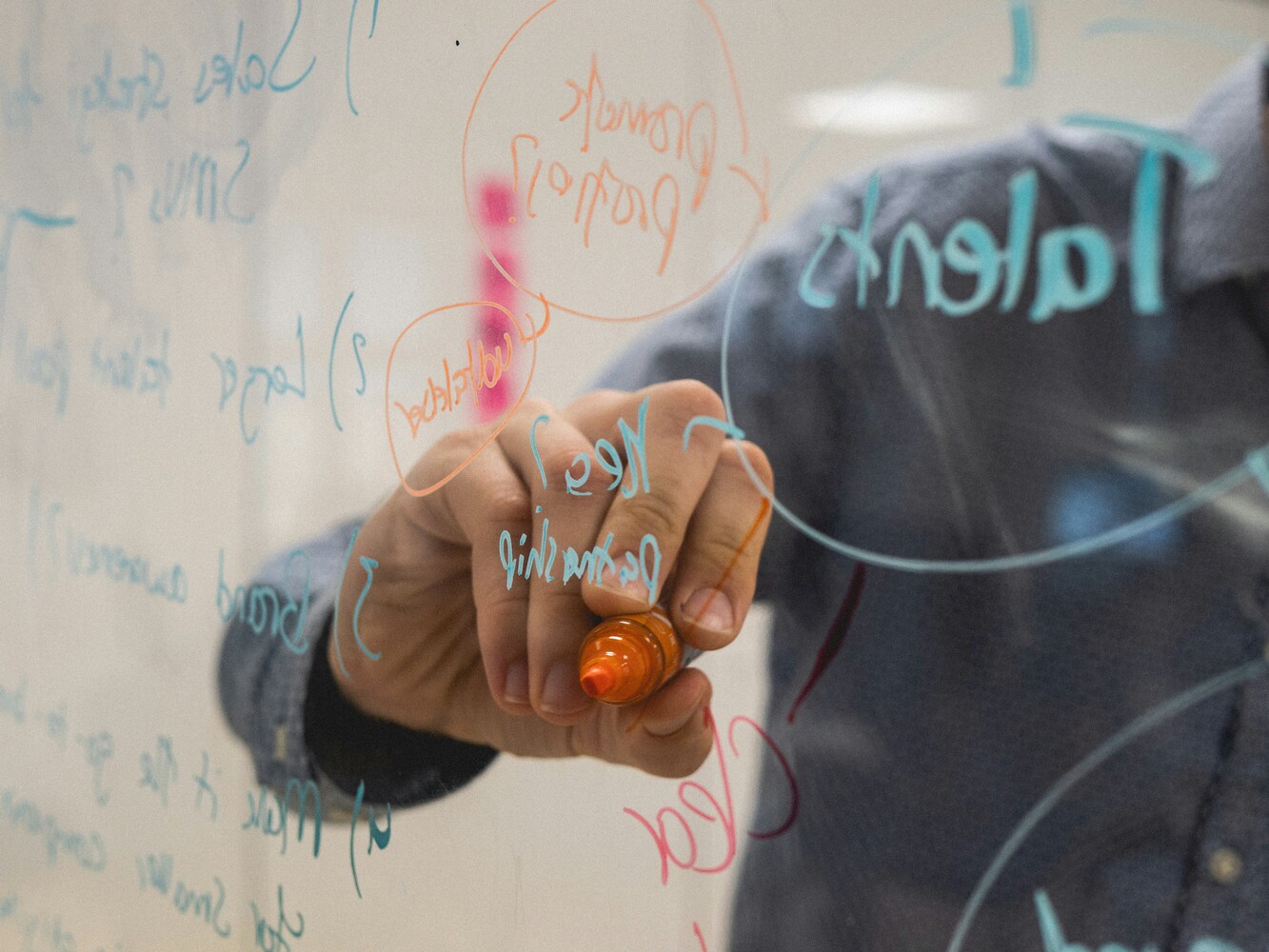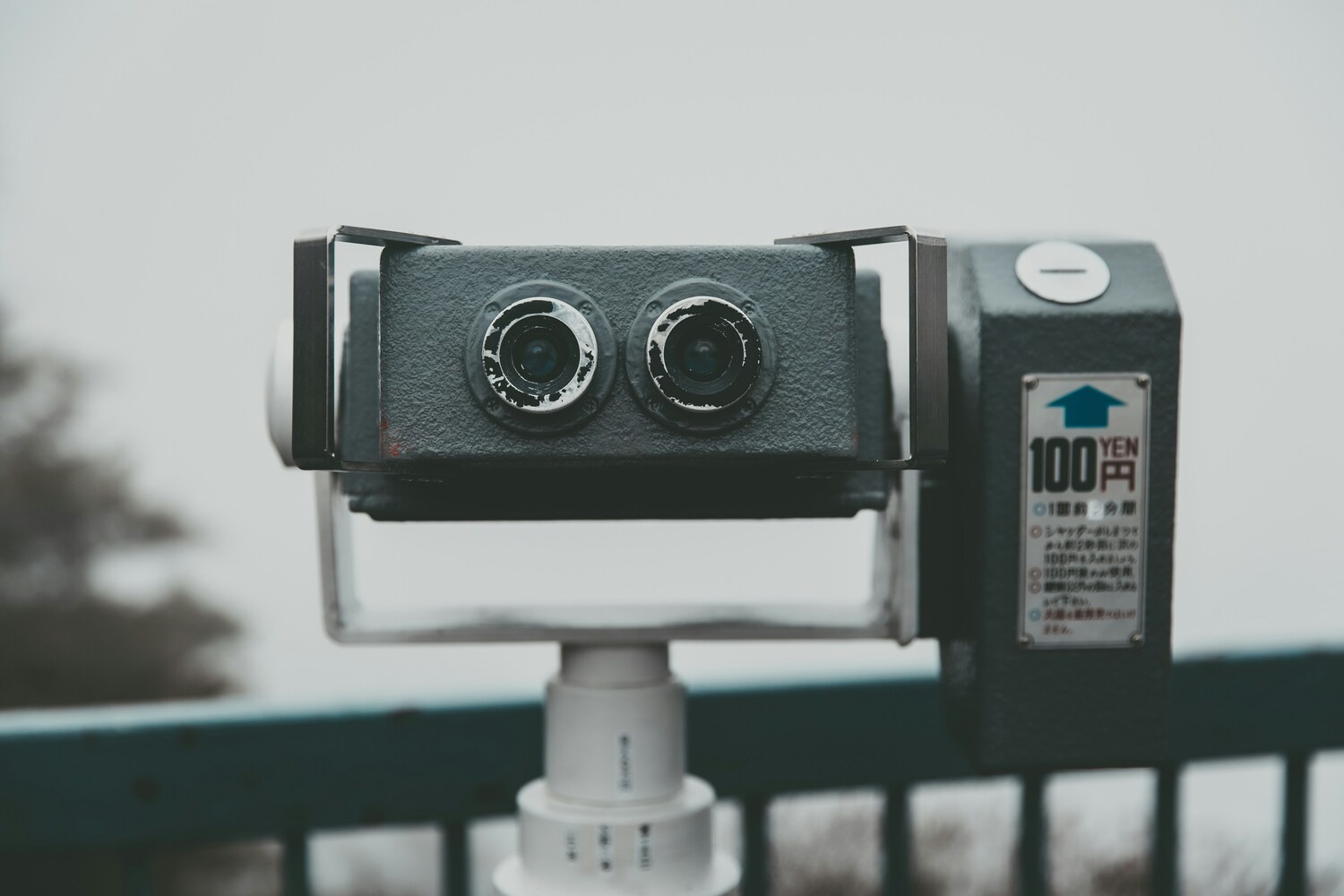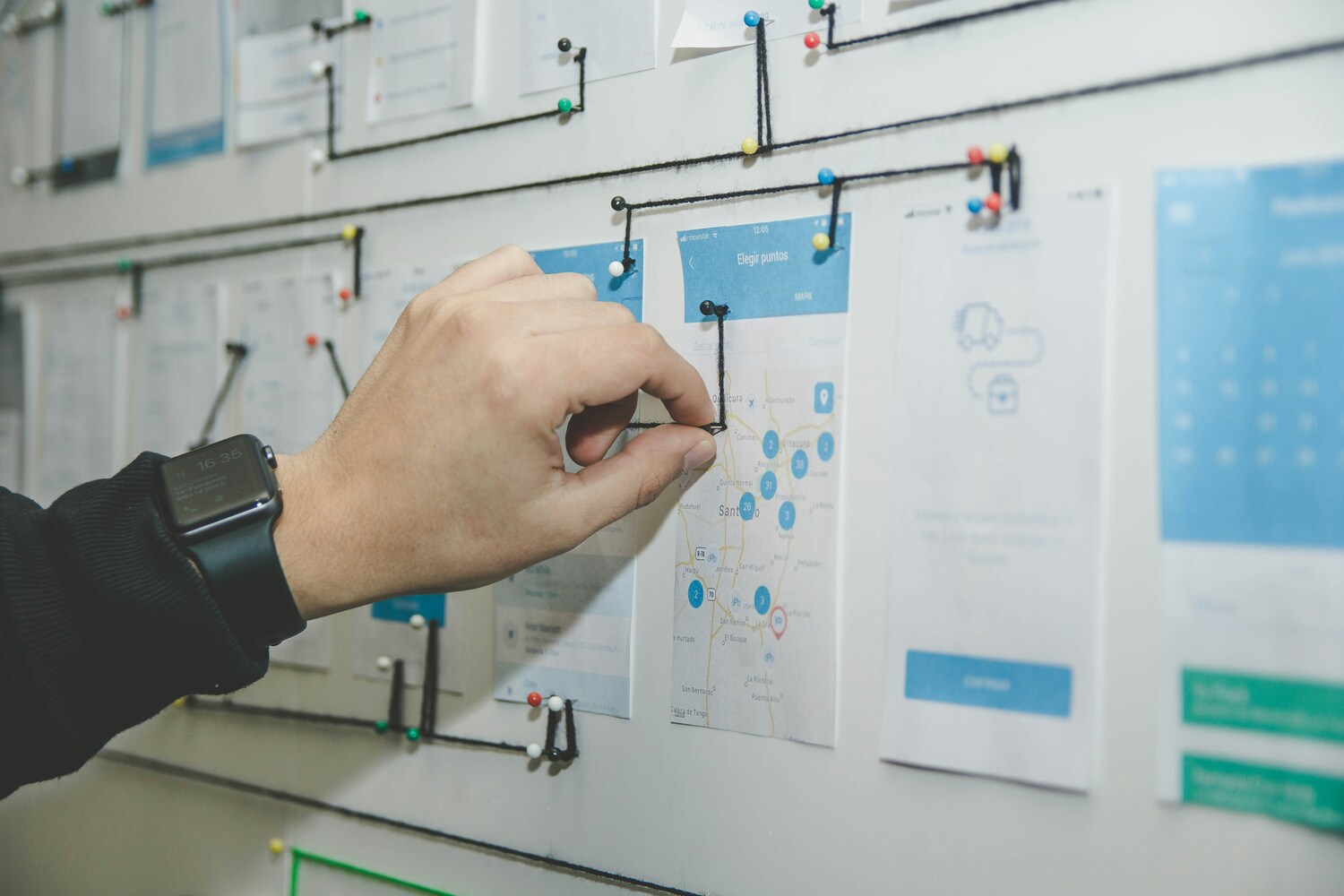How founders and designers explore the ethical use of AI in UX design, balancing creativity, responsibility, and originality in modern workflows.
The use of AI in UX design has rapidly gone from being controversial to becoming part of the everyday norm. Not so long ago, everyone imagined AI being used in creative endeavours as a way to cut corners or shortchange the process. It was an implicit conversation, widely avoided due to rigid opposition. Today, the conversation is different. Efficiency becomes the prime mover for the uptake, and teams are increasingly incorporating AI without giving it a second thought on ethics.
We felt compelled to write this because the pace of AI integration has outstripped the depth of ethical reflection. In our studio’s work, we’ve noticed a recurring issue. AI-generated brand guides often rely on the same styles, phrases, and tones, making it harder to create distinct and memorable identities. We’ve also seen businesses publish AI-generated content, such as Instagram posts, without disclosing its origin.
As artificial intelligence increasingly shapes digital experiences, we believe it's time we began asking harder questions.
What does responsible design look like when machines are part of the design process?
In this article, we talk about the ethical conundrums we've grappled with and invite you to participate. Ethics in design is about making thoughtful decisions that are open, fair to the people who use our products, and respectful. As AI becomes a normal tool for designers to use every day, the designer's role is evolving. With everyone having the same AI tools to design with, it is up to the designer now to make better use of them and be more imaginative. The aim is to create outputs that feel original, address actual issues, and express a clear design sensibility.
There is a difference between ethical design and responsible AI.
Responsible AI is about how we make use of AI. It is when and where we ought to do it, when not to, and how we can implement it such that it amplifies rather than augments human judgment.
Ethics involves more vague norms such as company values, confidentiality, transparency, as well as the unspoken guidelines of the industry.
Designers accidentally inject bias in AI-driven products by applying undiversified and contextless data. Ethical design can sometimes conflict with business goals. With efficiency and speed being top priorities, designers might be tempted to employ AI to bypass the process. This yields cookie-cutter responses and a lack of human interaction that makes a product truly resonate. AI can function with data, but it cannot replace human intuition or familiarity with culture.
AI is already inherently part of current design pipelines. It is helping designers work quickly, think broadly, and refine their work with more precision. At our studio, we regularly use AI in a bid to develop accurate briefs out of vague outlines, cutting down on time and enabling us to finalize project goals early enough. It also acts as an extra pair of eyes. After we've written user stories or brand rules, we're depending on AI to look over the work, ask good questions, and indicate where the work can be refined. This kind of feedback loop has become a significant part of our process.

Applications like ChatGPT, Midjourney, and Figma's artificial intelligence are doing everything from content generation to providing layout suggestions. While these applications make us more productive, they raise serious questions about authorship and creative integrity, too.
Who owns the final product when AI plays such a dominant role?
And how can we still stay accountable when AI is involved in decision-making?
There are limits we don't normally transgress. Having AI write something intensely personal, such as a condolence letter or public apology, comes off as insincere. It lacks the emotional nuance that can only be provided by a human. In these moments, applying AI is seen as lazy or even disrespectful.
As more development ensues, designers must still keep in mind where it is helpful and where it will undermine trust. It is not to avoid AI but to employ it with caution, intention, and a very strong sense of responsibility.
AI models are informed by the data upon which they are trained, and that data reflects the worldview of the people and institutions that made them. AI models are not neutral. They include assumptions about language, culture, identity, and power. If designers use AI tools without critically scrutinizing their foundation, they can amplify bias and mute marginalized voices.
Design influences behaviour.
Design influences how individuals interact with products, make decisions, and respond to their experiences. If design is based on flawed or incomplete data, it can lead to subtle but harmful consequences. Image generation software, for example, will reflect Western conceptions of beauty and underrepresent disabled people. Language models will reinforce gender stereotypes and overlook non-dominant dialects and cultural references.

In our own work, we've run across AI content that's inaccessible, that excludes people's language, or that fails to engage diverse audiences. Recommendation engines build echo chambers. Visualizations can destroy cultural context. These aren't merely technical issues. There are ethical considerations on the basis of the data limitations and the systems themselves.
Designers must be aware of these invisible forces. One must question who is training the AI, what values are embedded in the models, and who is left out. Ethical design is a realization that every decision, every data set, and every output has consequences in the real world.
Adopting AI in design can unleash speed and scale, but it also generates new threats. Founders and product teams should ask the right questions early to ensure their use of AI is aligned with their aspirations and values. Some utility questions to guide ethical decision-making are outlined below:
Prior to adopting AI tools:
In using AI in design:
Signs to look out for:
Making strong ethical decisions:
Asking these questions regularly keeps teams on purpose, responsible, and in touch with both user needs and long-term impact
We established our AI philosophy within our studio as one of curiosity, prudence, and a strong sense of responsibility. We see it as something that can support our work but never replace the thinking, care, and creativity that are the mark of good design. We work internally on guiding principles that we think matter with our clients and users. We always disclose when AI has been utilized in a project. We avoid using AI for tasks requiring emotional sensitivity or cultural knowledge. And we regularly review our workflows to ensure that speed does not come at the expense of quality or ethics.

We have had a few instances where we've turned down the use of AI, even when it would have been time-saving. In one case, we did not employ AI-generated images for a campaign on lived experience and personal testimony. We felt it was important that it all stemmed from real people.
We also make sure that we educate our clients. We address the compromises of collaborating with AI openly and help them understand when it adds value and when it can compromise the integrity of the work. Ethics isn't always clean or linear, but we believe it's worth it to build trust and create work that stands the test of time.
AI is no longer something to brainstorm as a future strategy; it's now an active reality in design. But just because AI can design, doesn't mean that we must.
As designers, it's our responsibility to step back and question:
Are we designing with intent, or just with ease?
One small thing that you can do today is to look at one part of your process that uses AI. Ask yourself:
Is this tool allowing me to create something more valuable, or just allowing me to move faster?
That one second of reflection can change the way you work.
We're not here to shave too finely. Instead, we're asking you to stay curious, stay critical, and stay human. AI can be an amazing tool, but it's up to us to ensure that it doesn't dilute the values that lead design to do good.
So here's our challenge to you:
What does ethical design look like in your world, and how will you know when you've gone too far?
Supercharged Studio is a creative technology agency that has crafted websites, apps, logos, and brands for numerous businesses. We help emerging innovators, industry leaders, hustlers, and dreamers create a competitive edge through design.
Your ideas will like it here.
Supercharged Studio is a creative technology agency that crafts websites, apps, logos, and brands. We help emerging innovators, industry leaders, hustlers, and dreamers create a competitive edge through design.
Your ideas will like it here.
